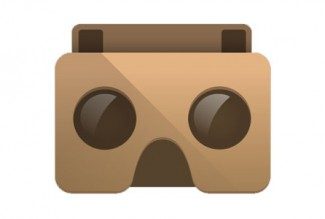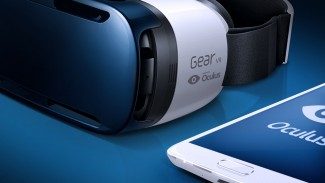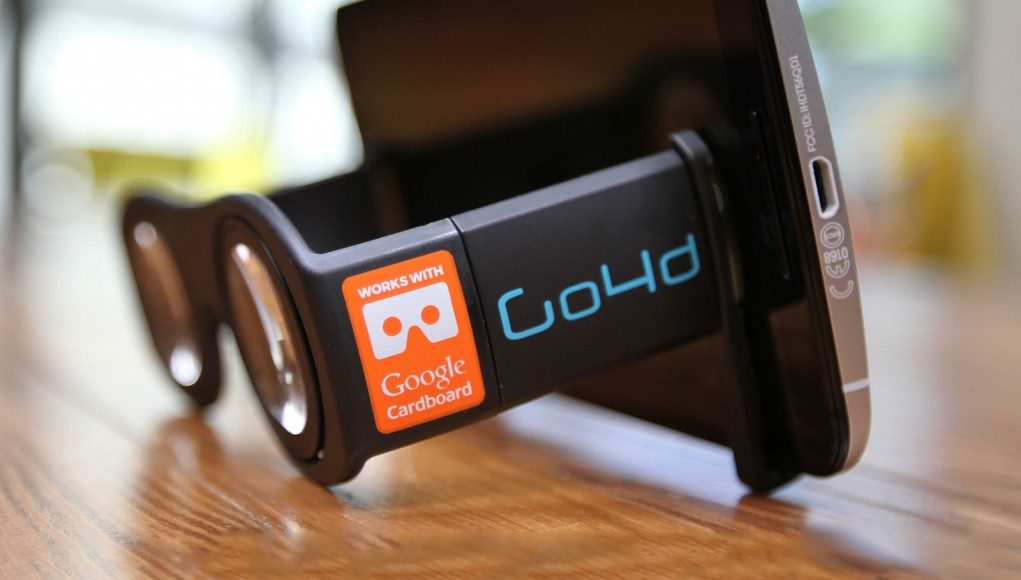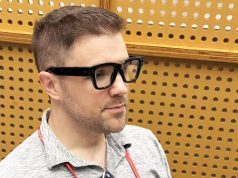Design Guidelines and SDK Update with Improved Headtracking
![]() Along with the new certification program, Google is launching a series of design guidelines for VR app developers. As a nascent category, you’ll find varying methods of input and inconsistent user experience paradigms across Android VR apps. Google wants to help developers understand best practices and encourage consistency in interaction design across apps. The new design guidelines focus on “overall usability, as well as common VR pitfalls,” the company says.
Along with the new certification program, Google is launching a series of design guidelines for VR app developers. As a nascent category, you’ll find varying methods of input and inconsistent user experience paradigms across Android VR apps. Google wants to help developers understand best practices and encourage consistency in interaction design across apps. The new design guidelines focus on “overall usability, as well as common VR pitfalls,” the company says.
Furthermore, the Google is launching the latest round of updates to the Cardboard SDKs for Android and Unity which will come with improved headtracking (now with a neck-model) and better drift correction.
VR for Everyone
The goal of Cardboard is not to be the end-all-be-all of VR, but instead to make it easy for people to try the technology.
“Ultimately at the heart of the Cardboard project is something that works and works extremely well to give people their first taste of VR,” said Nartker.
Part of giving people an introduction to VR will be making Cardboard apps discoverable in Android’s Play Store. Having already created a specific section of the store for virtual reality apps, Google is going to further detail those apps with additional categories like Music & Video, Games, and Experiences.
“We want to make sure that any android developer can easily become a VR developer,” Nartker told me.
 To date there are some 250 VR apps in the Play Store. The Works with Google Cardboard initiative also includes a badge that developers can place on the icon of their app to indicate that it’s a VR app that abides by the Works with Google Cardboard program once a user scans their headset’s QR code.
To date there are some 250 VR apps in the Play Store. The Works with Google Cardboard initiative also includes a badge that developers can place on the icon of their app to indicate that it’s a VR app that abides by the Works with Google Cardboard program once a user scans their headset’s QR code.
Performance Challenges
Although we’re seeing lots of progress from Google and Cardboard apps, one of the ecosystem’s major challenges is head tracking accuracy and latency. The issue is partly due to sensors that weren’t designed for headtracking in today’s phones, and to the Android pipeline which is better suited to use that data to decide if the phone is held in portrait or landscape, rather than high performance low-latency headtracking.
 To tackle these challenges on Gear VR, Samsung added a high performance headtracking sensor to the headset itself (which is used in place of the phone’s own sensor) and also specifically modified the software of compatible phones to further reduce latency.
To tackle these challenges on Gear VR, Samsung added a high performance headtracking sensor to the headset itself (which is used in place of the phone’s own sensor) and also specifically modified the software of compatible phones to further reduce latency.
I asked Nartker if there were any optimization to be done to Android itself when it comes to Cardboard. While he wouldn’t talk specifics, he did say that the team is “definitely looking into Android-based improvements.”
When I asked if we’d soon see phone manufacturers including improved sensors in their phones specifically designed for headtracking, he told me he saw it as a possibility, so long as the demand is there.
“If users and content devs start building things that really start pushing the form factor and hardware forward, we see it as something that the industry will start to support.”










